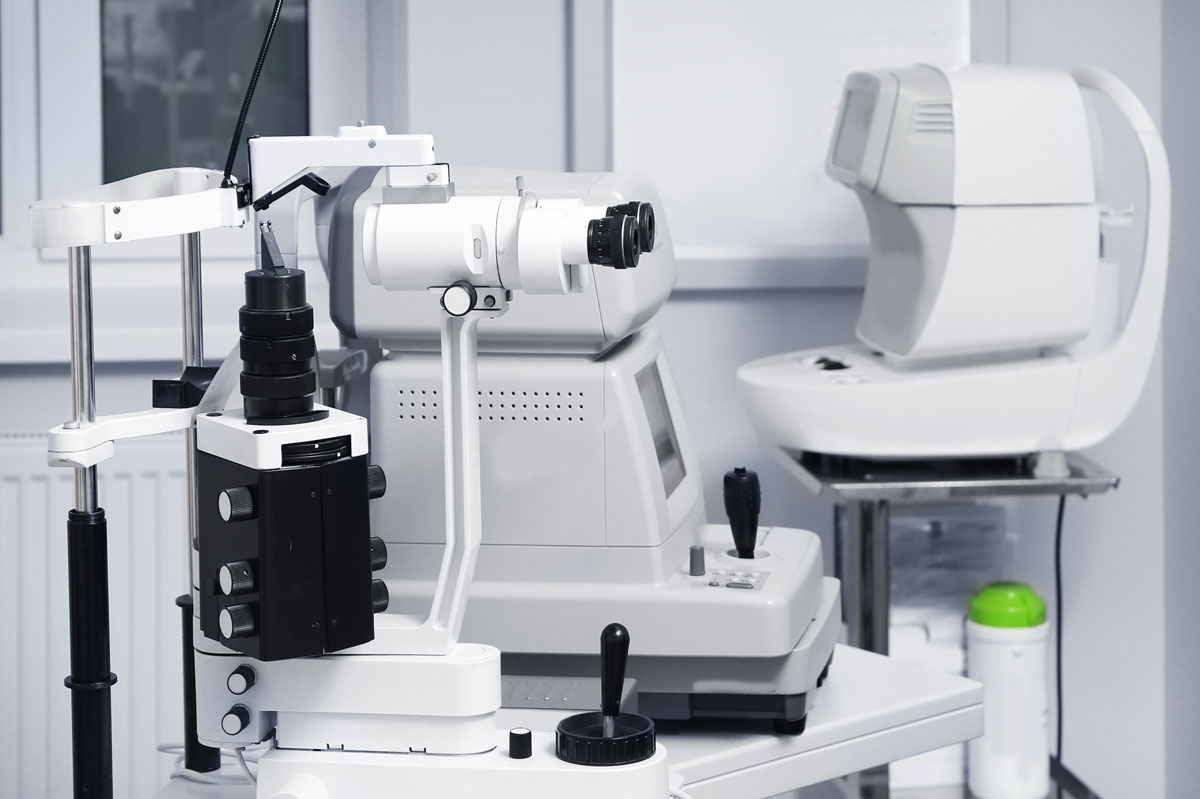Eye health
Technology

eye health
Technology
Our team of doctors are dedicated to identifying the latest developments in diagnostic procedures and patient care to prevent, detect and treat disorders of the eye.

Our team of doctors are dedicated to identifying the latest developments in diagnostic procedures and patient care to prevent, detect and treat disorders of the eye.